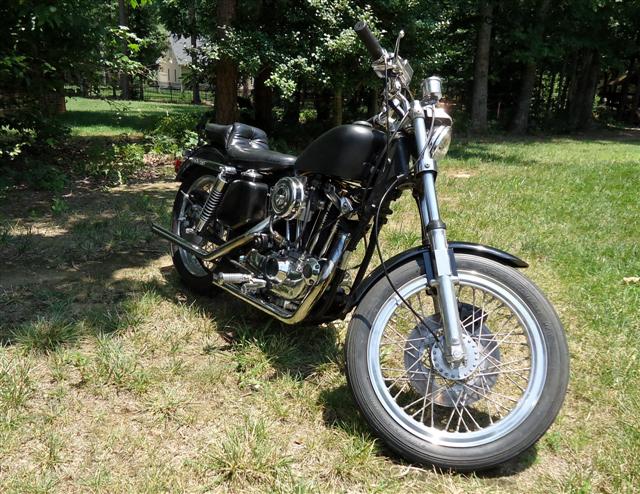Sportster History (1980-1985)
Article by Mark Trotta
While the 1980's brought us high-revving, multi-cylinder motorcycles with 10,000 rpm red-lines, the Harley-Davidson Sportster was still getting it done at 5,500 rpm. Accelerating anywhere above 2,000 rpm, down-shifting was not really necessary. A twist of the throttle and the 1000cc V-twin responded with all the torque you needed.
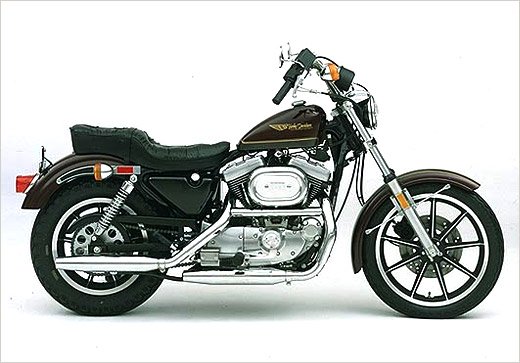
For article on 1957-1966 Sportster click here
For article on 1967-1979 Sportster click here
*******************
Electric Start Only
With the XLCH model discontinued in 1979, there were no more kickstart Sportsters. All models were now electric-start. This allowed room to move the rear master cylinder down and out of the way of the rear exhaust pipe.
1980 Sportster
For 1980, Sportsters continued using the triangulated frame introduced with the 1979 models. In a mid-year running change, intake manifolds and clamps were upgraded. Cylinder heads were modified to help improve sealing and avoid vacuum leaks.
XLS Roadster
Offered from 1979 through 1985, the Sportster XLS Roadster featured the larger Super-Glide gas tank and 2" over extended forks. Behind the comfy two-part seat was a short sissy bar. A 16" rear wheel replaced the XLH 18" wheel.
1980 Sportster Production: XLH (11,841) XLS (2,926)
1981 Sportster
A Nippodenso starter replaced the old Prestolite starter, and would be fitted to all Sportster models through 2012. The new unit was a modern gear-reduction type that required no external solenoid or relay, nor the extra wiring needed for the old system.
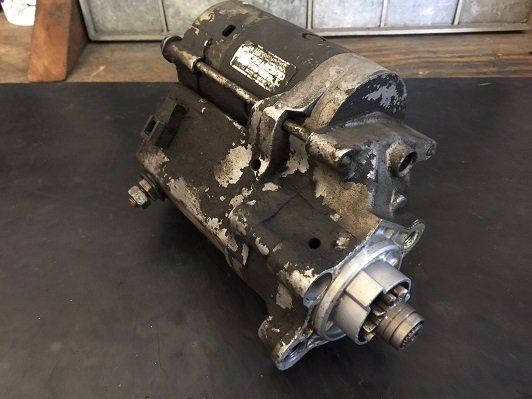
If you need to replace your Nippodenso starter you can buy one here.
A redesign of the engine cases added a hump to mount the new starter motor, and there was no longer a hole in the rear motor mount for clearing a kick-starter shaft. This meant there was no longer a provision to add a kick-starter.
To help prevent accidental throttle sticking, a double (push-pull) accelerator cable was added to all models.
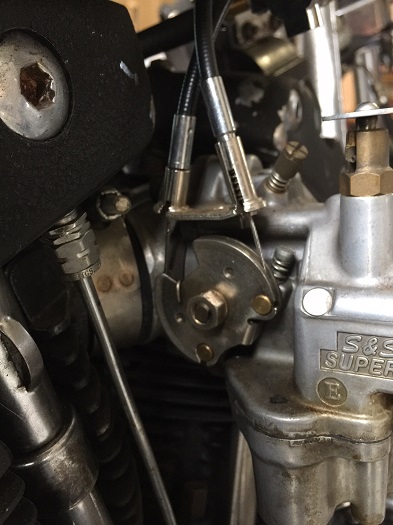
Read: Best Carburetor For Ironhead Sportster
The Sportster's electronic ignition was replaced by a Magnavox unit, which used an inductive pickup to send signals to a timing control module. Called the V-Fire II, this module is often referred to as the "black box."
Also new was an electronic tachometer, replacing the old cable-driven unit. The new cam cover (#25227-81) will fit earlier motors, but does not have a provision for the tach drive.
New VIN System
To help combat vehicle theft, all car, truck, and motorcycle manufacturers began using a 17-digit VIN starting in 1981. On Sportsters, a 10 digit number was stamped on the engine case and a 17 digit VIN appeared on the frame.
1981 Sportster Production: XLH (8,442) XLS (1,660)
*******************
One of the updates on 1977 and up Sportster frames is an offset for oil pump removal. Previous years required engine removal to remove the oil pump.
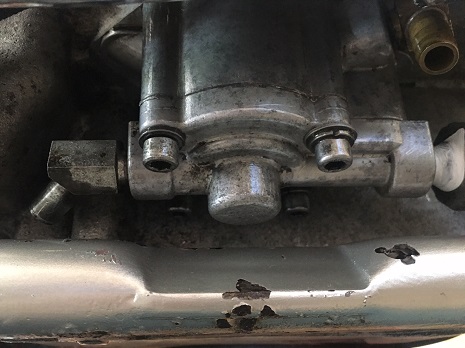
Although you may not appreciate this little design change, it saved me hours of labor while repairing this 1981 XLH motor!
*******************
1982 Sportster
All 1982 Sportster models were fitted with a stronger and lighter frame. This allowed the battery and oil tank to be repositioned.
Neck Size
From 1957 through 1977, Sportsters had a 7/8" neck. From 1978 through 1981, there was a 15/16" neck. In 1982, Harley standardized sizes, and 1982 and up Sportsters have a 1" neck.
Lower Engine Compression
To help comply with U.S. federal emission regulations, engine compression was lowered from 9.0:1 to 8.8:1. This was achieved through use of slightly thicker head gaskets. An Iron Sportster could now run safely on lower octane gasoline, but at the cost of decreased horsepower and top-end speed.
25th Anniversary Sportster
Celebrating 25 years in production, the 1982 XLH and XLS Sportsters featured special anniversary trim in silver and black. A limited number of orange and black models were also offered.
65A vs 65B Generators
Starting in 1965 and up until 1981, Sportster models were equipped with a "65A" generator. From 1982 to early 1984, they were equipped with a "65B" generator, which were Japanese-made units which shared no parts with earlier generators. The good news is the early 65A generators will fit and replace the 65B units.
Other changes this year were new handlebar controls, along with better quality wiring.
1982 Sportster Production: XLH (5,015) XLS (1,261)
*******************
1983 Sportster
This year the Sportster received a new seat and less restrictive exhaust system. Buyers had an option of having the traditional "peanut" gas tank or a larger 3.3 gallon tank.
Late 1983 saw the emergence of the V-Fire III ignition. It is often referred to as VOES, an acronym for "Vacuum Operated Electrical System".
Sportster XLX-61
Clearly one of Harley-Davidson's great marketing moves, the entry level, no-frills XLX61 Sportster was offered in 1983. This bare-bones machine came with a solo seat, peanut gas tank, and single (speedometer) gauge. Built to sell for $3,995, it was available in black only.
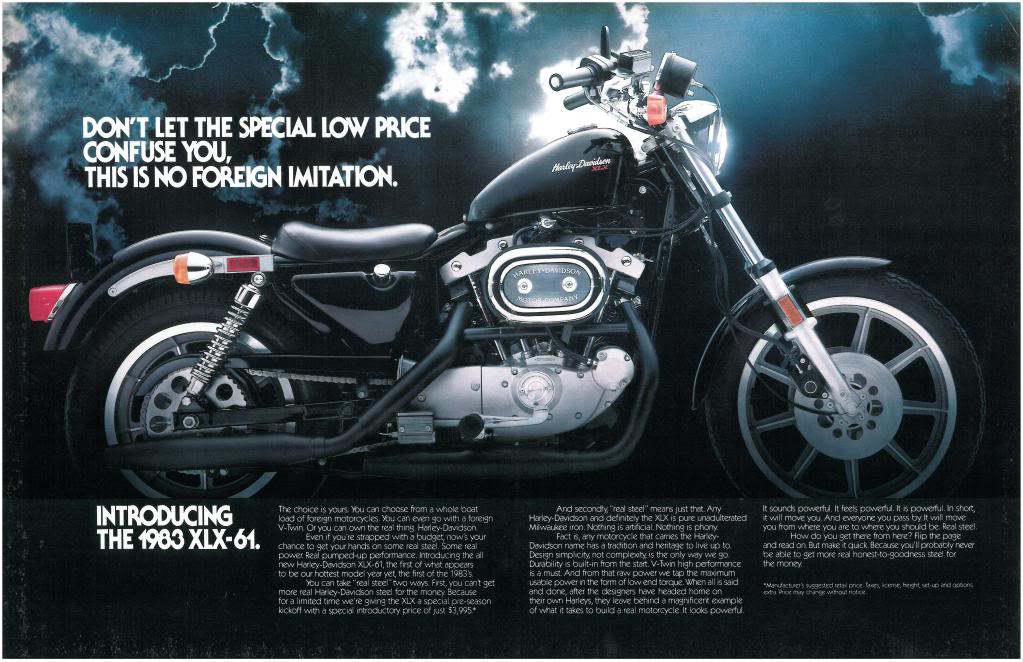
In its first year, a total 4,892 XLX61 models were sold, more than all of the other three Sportster models combined. The XLX is one of the best-selling models in Sportster history.
Sportster XR1000 (1983-1984)
As a tribute to the flat-track successes of the Harley-Davidson XR750, the Motor Company offered the limited-edition XR-1000 Sportster for two years. The XR cylinder heads, specially prepared by Jerry Branch, were all-alloy and featured bigger valves than XL Sportsters. To accommodate the larger valves, intake ports were moved to the right side and exhaust ports were on the left.
Because the XR1000 cylinder heads were larger than the stock cast-iron heads, the cylinder barrels were shortened to fit into the Sportster frame. A pair of 36mm Dell'Orto carbs brought power output to 70 horsepower, dipping quarter-mile times under thirteen seconds.
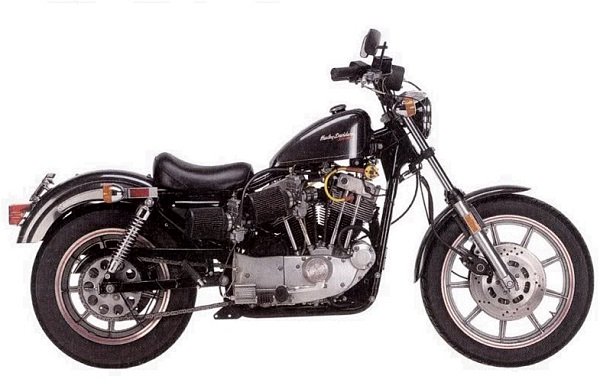
The XR-1000 weighed in at 490 pounds. Top speed was about 125 mph. Dual eleven-inch front brake rotors supplied the best stopping power yet. Other features included 9 spoke cast wheels and a 2.5 gallon gas tank.
1983 Sportster Production: XLX-61 (4,892) XLH (2,230) XLS (1,616) XR-1000 (1,018)
*******************
1984 Sportster
In mid 1984, an alternator finally replaced the generator. Trouble was, it was placed behind the clutch, making it difficult to repair or replace. This troublesome design was not corrected until the 1991 Evo Sportster.
Along with the change from generator to alternator, the oil filter was relocated to the front of the motor, where the generator had been.
1984 Sportster Production: XLX-61 (4,284) XLH (4,442) XLS (1,135) XR-1000 (759)
*******************
1985 - Last Year Ironhead Sportster
With production trimmed in anticipation of the new aluminum-head Evolution engine, less than 7,000 Sportsters were built in 1985.
Changes this year included a redesigned clutch/alternator assembly and oil filter relocation.
1985 Sportster Production: XLX-61 (1,824) XLH (4,074) XLS (616)
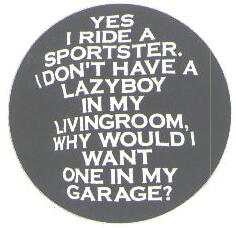
The Ironhead Sportster, arguably the loudest and meanest-sounding V-twin ever, enjoyed a 28-year production run. Long live the Ironhead!
*******************
Four-Speed Transmission
Although some riders believe that a four-speed is antiquated, it does a fine job with the abundant torque of an Ironhead engine. You can easily hold a gear where other makes have to go back a gear or two. Not a whole lot of down-shifting is needed, just twist the throttle and go!
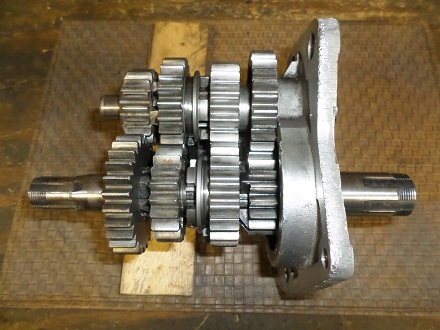
The four-speed unit transmission was produced for over three decades, starting with 1954-1956 Harley K-model, then 1957-1985 Ironheads, and 1986-1990 Early Evo Sportsters.
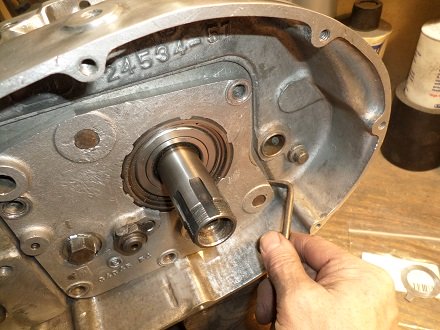
Read: Remove And Install Ironhead Transmission
*******************
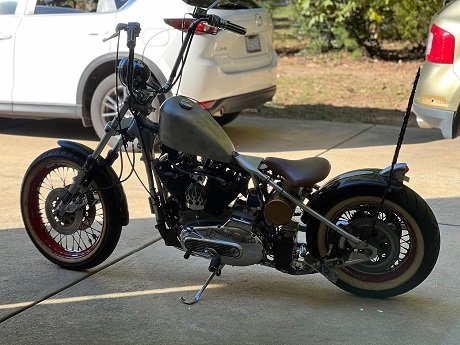
Read: Hardtail Sportster Build
*******************
Although there have been many minor changes throughout the Sportster's 60+ year history, the single biggest change was a reworked motor design for 1986.
Read: Evo Sportster History
*******************
Oil Capacity And Filter Location
In 1980 and 1981, the filter was mounted to a bracket behind the engine. Oil capacity is 3 quarts. In 1982 to early 1984, the oil filter was moved to the left front motor mount bracket. Oil capacity increased to 4 quarts.
Oil Filter
Starting around 1980 and until early 1984, there was a spin-on oil filter.
Starting in mid 1984, Iron Sporty's took a different spin-on filter than the earlier version. The OE # is 63805-80A, and has continued in use with many other Harley models. A popular replacement for this filter is K&N KN170.
Best Oil For Ironheads
Automotive oils do not meet the required specifications for air-cooled engines. This results in higher operating temperatures and reduced engine life. Unless it's an emergency (like being stuck on the side of the road), use the proper oil.
I've been using Maxima V-Twin mineral oil in both my old Harleys. It's also offered in synthetic.
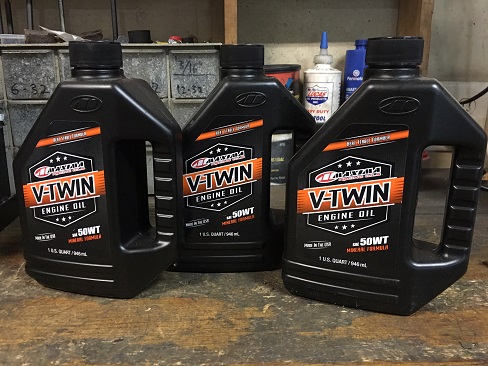
Read: Ironhead Sportster Maintenance
*******************
Related Articles:
Best Carburetor For Ironhead Sportster
Replace Harley Fork Seals 35mm
Ironhead Clutch Remove and Install (1971-1984)
AGM Motorcycle Battery Review
